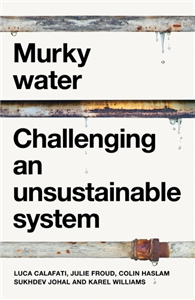Environmental science, engineering & technology
July 2014
‘Fracking: Risks and Rewards’ is a new guide to the various arguments surrounding the fracking debate. The 136-page report is published by Iskaboo Publishing, a London-based specialist publisher. The report was written by Barbara Hadley, Tom Rennell and Derek Austin, authors of the authoritative 2013 report, ‘Asbestos: the Future Risk’. With public opinion heavily divided over the controversial technique of hydraulic fracturing to extract shale gas, it remains unclear whether the European shale gas revolution is likely to develop in the same manner as it has in the US, according to the authors of the report. For instance, it is still highly uncertain how much shale gas exists under European land and, crucially, how much of it can be extracted, on both technical and economic grounds. Data from the US is limited and not easy to translate into accurate long term forecasts, while data from outside the US is virtually non-existent. Because the shale gas industry is so young, less than 15 years old, there is also very little data on the different risks it may pose to the public, especially regarding the long-term health risks from exposure to fracking chemicals and the huge quantities of toxic wastewater it produces. Worryingly, the US is already seeing an increasing amount of litigation arising from fracking-related incidents. Moreover current regulation and the insurance coverage now available is inadequate and inappropriate, so it is unclear which party would be responsible for a potential health or environmental catastrophe, the authors contend. “For those keen to proceed, the issue of how to develop the industry – and provide the appropriate level of controls and regulations – is crucial,” they state.




























